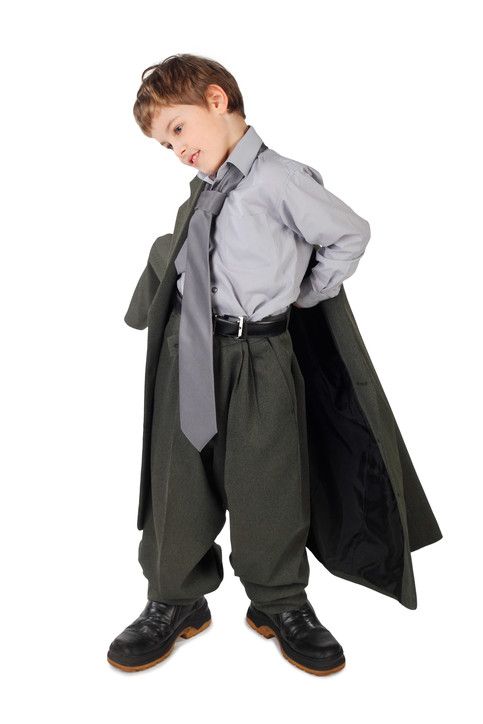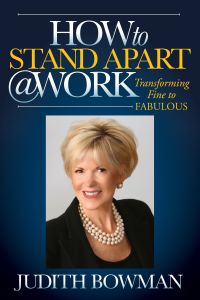The Presentation
by Judith Bowman on 05/10/15
Presenters are performers however, … “you are only as good as your last performance!”
Without rolling out the red carpet or engaging in theatrics here are some nuances so subtle, your audience may not be able to articulate why you were so engaging, only that you were.
Preparation: The challenge every time for presenters is to connect with each audience and share information as if it were being said for the first time. Write, practice, review and rehearse – just like great athletes, dancers, musicians, until you own it.
Attire – what you wear and how you look speaks volumes about you before you utter one word. (55% is visual (Ref. Mehrabian Rule) Dressing professionally for a business presentation is the Easy A; professional attire is “never wrong.”
Arrive early and participate in room preparation:
* check lighting, air conditioning, microphone and ensure all tech equipment works; failed mechanics suggest a failed presentation.
* have a glass of water (versus a Styrofoam cup) – Note: soda gives you gurgles, coffee gives you bad breath.
* identify the clock and be mindful of time; remove your watch (place on podium.) Remember the infamous Bush/Clinton presidential debate when George H.W. was caught checking his watch. … few remember what was said however, nearly everyone remembers President Bush looking at his watch (inference: time to go, … yet?)
Position yourself at the door to personally meet, greet and thank guests for coming.
Stand in the back of the room as your bio is read and walk enthusiastically, purposefully onto the stage; extend a prearranged handshake with your introducer.
Studies show the first 60 to 180 seconds is dominated by the visual aspect. You may have begun speaking, however, your audience is not really listening yet; they are still in high visual mode. Stand with both hands at sides, have a pleasant facial expression, pause, and let them look! You: look out at your audience start from the back of the room and endeavor to make eye contact with each person. By the end of your presentation every participant should feel “looked at,” acknowledged.
Begin “Welcome” remarks to include perfunctory “thank you’s;” look at each as you acknowledge; don’t rush this.
The Stage itself is a barrier. Dismount the stage to eliminate the barrier and better connect.
Position yourself to the left of your visual aids (as audience views you.) We read from left to right. You want the focus to be you, not your support material.
Refer to slides selectively; do not read word for word (insulting.)
*Rule: No more than three bullets per slide; less is more.
Pausing:
- commands attention
- allows time to articulate next thought.
Pacing - and selective gesturing helps alleviate nervousness; over-gesturing will kill your presentation.
Point - with two fingers – the index and third fingers. (Avoid the admonishing index finger.. never use the third finger!) Obama uses thumb over fist and open palm.
Concluding: - honor allotted time. Return to focal point of stage, make eye contact with audience, restate your purpose, capsulize your message. Extend “thank you’s,” once again. Bow, graciously accept applause.
Let your audience hear your conviction, feel your passion and purpose and connect.
Comments (0)







